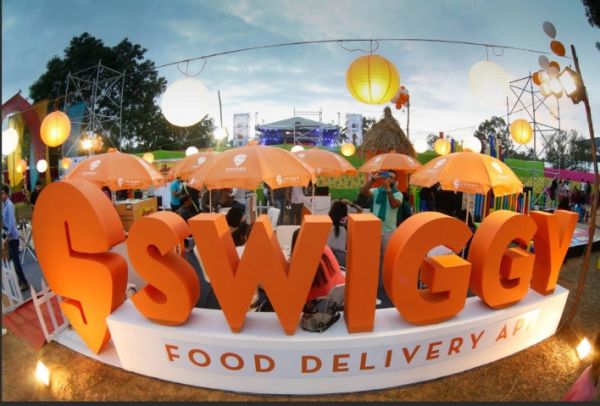
The viral X post of the resident of Coimbatore has launched a hot debate on the increasing cost of online food delivery. User Sundar (@sunderjijb) alleged that Swiggi took 81% more money to eat compared to the same order purchased directly from a restaurant just 2 km away from him. This post, viewed more than 27 lakh times, has given a wind to discuss the transparency of prices in the food delivery apps.
Sundar shared a detailed comparison of the bill: his swigy order, which included 10 parathas, chicken 65, chicken lollipop and chicken Thokku Biryani, priced at ₹ 1,473, while the same things in the restaurant were worth ₹ 810 – the difference of ₹ 810. Heavy markup was shown on different things, such as the paratha ₹ 35 per paratha on the swigy while ₹ 20 per paratha. He questioned, “Is this the real cost of the facility?”
Neitizons had mixed reactions. Some people criticized excessive markup, a user said, “The difference of 30% is normal, but 80% is very high.” Others defended the platform and argued that convenience, logistics and platforms justify the cost. One commented, “This is an open market; apps and delivery staff need their share.”
Swiggy has clarified that menu prices decide restaurants, not platforms, and additional fees such as delivery, packaging and platform fee contribute to this increase. Recently, given the demand for the festive season, Swiggi increased its platform fee to ₹ 15, while the Zomato fee is ₹ 12. From September 22, 2025, the cost will increase by 18% GST on effective delivery fees.
The dispute exposes a broader issue: restaurants often increase online prices to compensate for commission (24–28%) taken by delivery platforms. Due to this practice and rising fees, questions are being raised in the minds of consumers on the strength of food distribution apps.